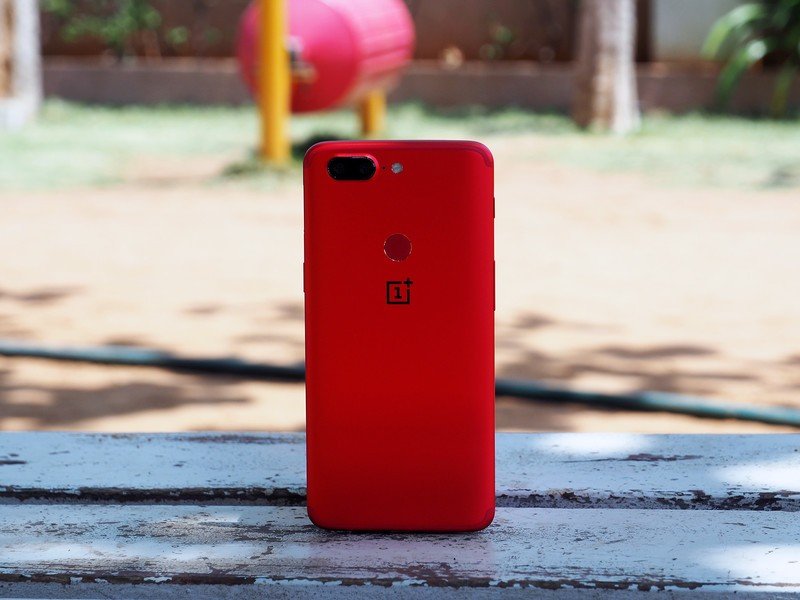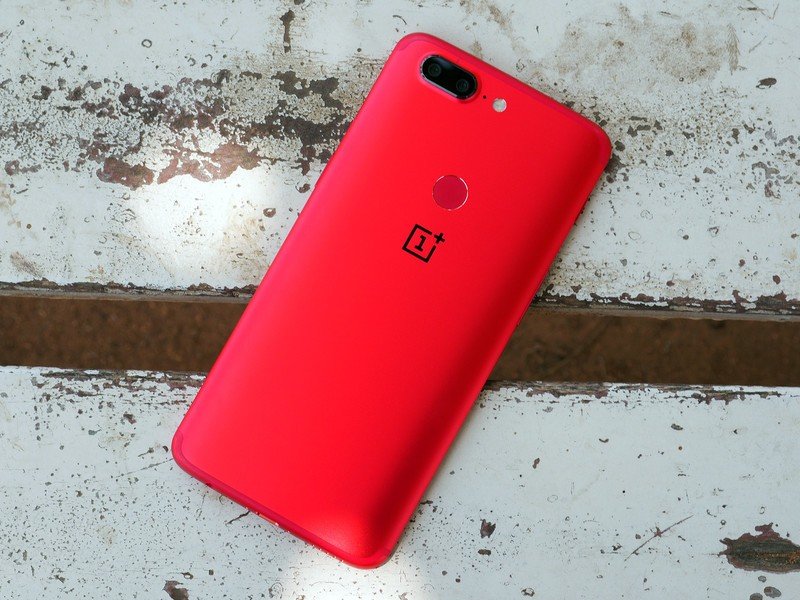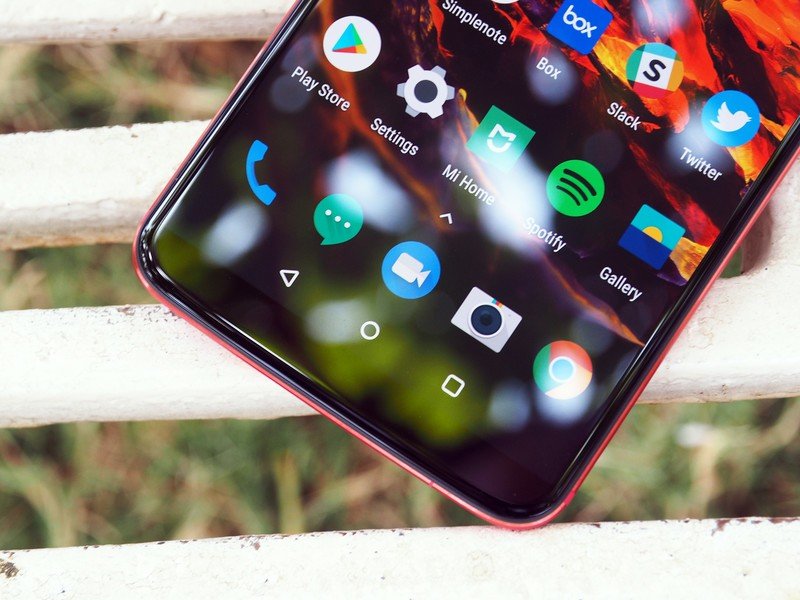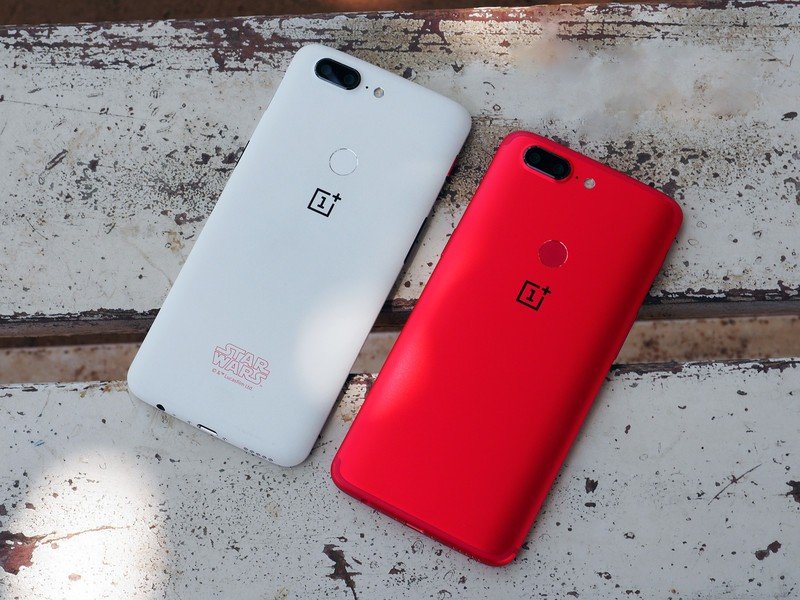OnePlus 5T review, 4 months later: Still the phone to beat
Over the last three years, OnePlus managed to carve out a niche for itself by selling phones for a couple hundred dollars less than the likes of the flagships from Samsung, Google, and LG while offering the same top-of-the-line specs. The Chinese brand isn't the first one to do so, as the likes of Huawei, Xiaomi, and others have been offering "affordable flagships" for some time now, but OnePlus' efforts in the software space with OxygenOS make it a much more enticing option.
OnePlus didn't alter its formula a whole lot with the OnePlus 5T: the phone launched in mid-November, featuring a 18:9 panel, Snapdragon 835, 6GB of RAM and 64GB of storage as standard, and a new secondary camera at the back, all for $499. Four months on, it's still one of the best options in this category.
OnePlus 5T What I still love

The OnePlus 5T marked the company's foray into the 18:9 form factor, with the phone sporting a 6.0-inch 18:9 panel up front. The top and bottom bezels aren't quite as thin as those on the Galaxy S9+, but that's a non-issue. I love how immersive the display is — the Optic AMOLED panel is vivid, has saturated colors, and sunlight legibility is excellent.
The phone has also fared the usual wear and tear better than its predecessors. I ended up using four different variants of the OnePlus 5T over the course of the last four months, and they all took several tumbles onto a marble floor, and in one instance, the pavement. Aside from the usual nicks and dents, they came away unharmed. The display protrudes slightly from the body of the phone itself, but the chassis did a great job of absorbing the impact whenever the phone landed on its sides or on its back.





Launching limited edition models isn't a new strategy for OnePlus — it tied up with Parisian fashion house Colette over the 3T and launched a OnePlus 5 designed by Jean-Charles de Castelbajac — but with the 5T, it ratcheded up its efforts.
OnePlus rolled out the OnePlus 5T Star Wars Limited Edition late last year in India as a way of thanking its local fanbase, with the model making its way to other markets sans the Star Wars branding as the Sandstone White variant.
In fact, launching limited edition models turned out to be a smart move as it allowed the conversation around the device to stay relevant, and gave those on the fence an even more compelling option to pick up the OnePlus 5T. The Lava Red OnePlus 5T in particular looks stunning, and is one of the best color options around. No wonder it sold out globally in a matter of weeks.
Get the latest news from Android Central, your trusted companion in the world of Android
I also love just how fast Dash Charge is day in, day out. I manage to get a day's worth of usage from the 3300mAh battery consistently, but when I do need to top up, Dash Charge does a fantastic job.
The OnePlus 5T is unmatched when it comes to the software experience.
Hardware is just one part of the story, however, and it's the software side of things where OnePlus has the edge over the competition in this category. The company rolled out the Android 8.0 Oreo update to the OnePlus 5T in January, and while the user interface didn't see any noticeable changes, the update introduced tons of under-the-hood fixes and improvements, like cutting down the boot time by half.
Furthermore, OnePlus integrated most of Oreo's features, including the autofill API, picture-in-picture mode, background execution limits, notification dots, and new emoji. It's a shame that the device doesn't have Project Treble compatiblity, but for its part, OnePlus is saying it will continue to deliver fast updates.
When it comes to the software experience, the OnePlus 5T is nonpareil — no other device in this segment delivers such sheer performance. The optimizations to OxygenOS make it just as fluid and fast as the Pixel 2, and never once do you get the feeling that the device is laggy. The OnePlus 5T isn't showing any signs of slowing down even after several months' worth of usage, which is more than what can be said for the Note 8.
OnePlus 5T What I don't like

As good as the internal hardware is, the one area where the OnePlus doesn't quite match up to the likes of the Pixel 2 or the Note 8 is the camera department. The phone has a dual camera arrangement at the back, and OnePlus introduced a new sensor for the secondary sensor that's designed to take better low-light shots, but that doesn't translate into tangible gains in real-world scenarios.
The OnePlus 5T camera is strictly average.
The phone takes great shots in daylight conditions, but the camera starts to suffer in low-light scenarios. Low-light photos tend to be grainy, with washed out colors and a lack of detail. That's the main drawback with the device — the hardware and software are both top-notch, but the camera is strictly average.









OnePlus 5T Four months on

There's a reason the OnePlus 5T is the phone to beat in this category — it not only excels at the hardware side of things, but also when it comes to the software. Sure, the camera isn't quite as good as that of the Galaxy S9 or the Pixel 2, but it's still one of the better options available in this segment.
OnePlus' dual-flagship release cadence means the OnePlus 6 is on the horizon, with the phone set to offer a 19:9 panel with a cutout for the front camera. For now, it looks like customers in North America will have to await the launch of the OnePlus 6, as the OnePlus 5T is sold out in the region.
Thankfully, that's not the case in other markets. OnePlus is doing particularly well in India — the country accounts for over a third of all sales for the company, and is its largest market. OnePlus commands a healthy lead in the premium handset segment (phones costing over $400), with IDC's Q4 2017 numbers showing that the company has 48% of the market share in this category.
There are several phones in the same price point as the 5T, including the likes of the Mi Mix 2 and the Moto Z2 Force, but when it comes to the overall package, the OnePlus 5T still comes out on top.

Harish Jonnalagadda is Android Central's Senior Editor overseeing mobile coverage. In his current role, he leads the site's coverage of Chinese phone brands, networking products, and AV gear. He has been testing phones for over a decade, and has extensive experience in mobile hardware and the global semiconductor industry. Contact him on Twitter at @chunkynerd.
